Rising Incidence of Skin Disorders
The increasing incidence of skin disorders, particularly acne, is a significant driver for the Isotretinoin Drugs Market. Factors such as urbanization, dietary changes, and environmental stressors are contributing to a rise in skin conditions, leading to a greater demand for effective treatments. The World Health Organization has reported a concerning trend in skin disorders, which has prompted healthcare systems to prioritize dermatological care. As a result, isotretinoin is often considered a first-line treatment for severe cases, further driving its market presence. The growing recognition of the importance of skin health is likely to sustain the demand for isotretinoin, as patients seek effective solutions for their skin issues. This trend indicates a robust future for the Isotretinoin Drugs Market, as it adapts to meet the needs of an increasingly aware patient population.
Growing Prevalence of Acne Disorders
The rising incidence of acne disorders among adolescents and adults is a primary driver for the Isotretinoin Drugs Market. Acne affects a significant portion of the population, with studies indicating that approximately 85% of individuals aged 12 to 24 experience some form of acne. This increasing prevalence necessitates effective treatment options, propelling the demand for isotretinoin. As awareness of the psychological impacts of acne grows, patients are more likely to seek medical intervention, further boosting market growth. The Isotretinoin Drugs Market is thus positioned to expand as healthcare providers increasingly prescribe isotretinoin for severe cases that do not respond to conventional therapies. This trend suggests a sustained demand for isotretinoin, as it remains one of the most effective treatments available.
Regulatory Support for Acne Treatments
Regulatory bodies are increasingly supportive of innovative treatments for acne, which is fostering growth in the Isotretinoin Drugs Market. The approval of new isotretinoin formulations and the streamlining of regulatory processes have made it easier for pharmaceutical companies to bring their products to market. This regulatory environment encourages research and development, as companies are more willing to invest in isotretinoin-related projects knowing that there is a clear pathway to approval. Additionally, the recognition of isotretinoin as a critical treatment option for severe acne by regulatory agencies further legitimizes its use, potentially increasing its market share. As regulations evolve to support the introduction of new isotretinoin products, the market is likely to experience a surge in activity and innovation.
Advancements in Pharmaceutical Research
Innovations in pharmaceutical research and development are significantly influencing the Isotretinoin Drugs Market. Recent advancements have led to improved formulations and delivery methods, enhancing the efficacy and safety profiles of isotretinoin. For instance, the development of microsphere technology has allowed for controlled release of the drug, potentially reducing side effects and improving patient compliance. Furthermore, ongoing clinical trials are exploring new indications for isotretinoin, which may expand its therapeutic applications beyond acne treatment. This continuous evolution in drug formulation and application is likely to attract investment and interest from pharmaceutical companies, thereby driving growth in the Isotretinoin Drugs Market. The potential for novel isotretinoin products to enter the market could reshape treatment paradigms and increase accessibility for patients.
Increasing Awareness of Treatment Options
There is a notable increase in awareness regarding treatment options for acne, which is positively impacting the Isotretinoin Drugs Market. Educational campaigns by dermatological associations and healthcare providers are informing patients about the effectiveness of isotretinoin, particularly for severe acne cases. This heightened awareness is leading to more consultations with dermatologists, who are more likely to prescribe isotretinoin as a viable treatment option. Market data suggests that the number of prescriptions for isotretinoin has risen steadily, reflecting a shift in patient attitudes towards seeking aggressive treatment for acne. As patients become more informed about the potential benefits and risks associated with isotretinoin, the demand for this drug is expected to continue its upward trajectory, further solidifying its role in the Isotretinoin Drugs Market.
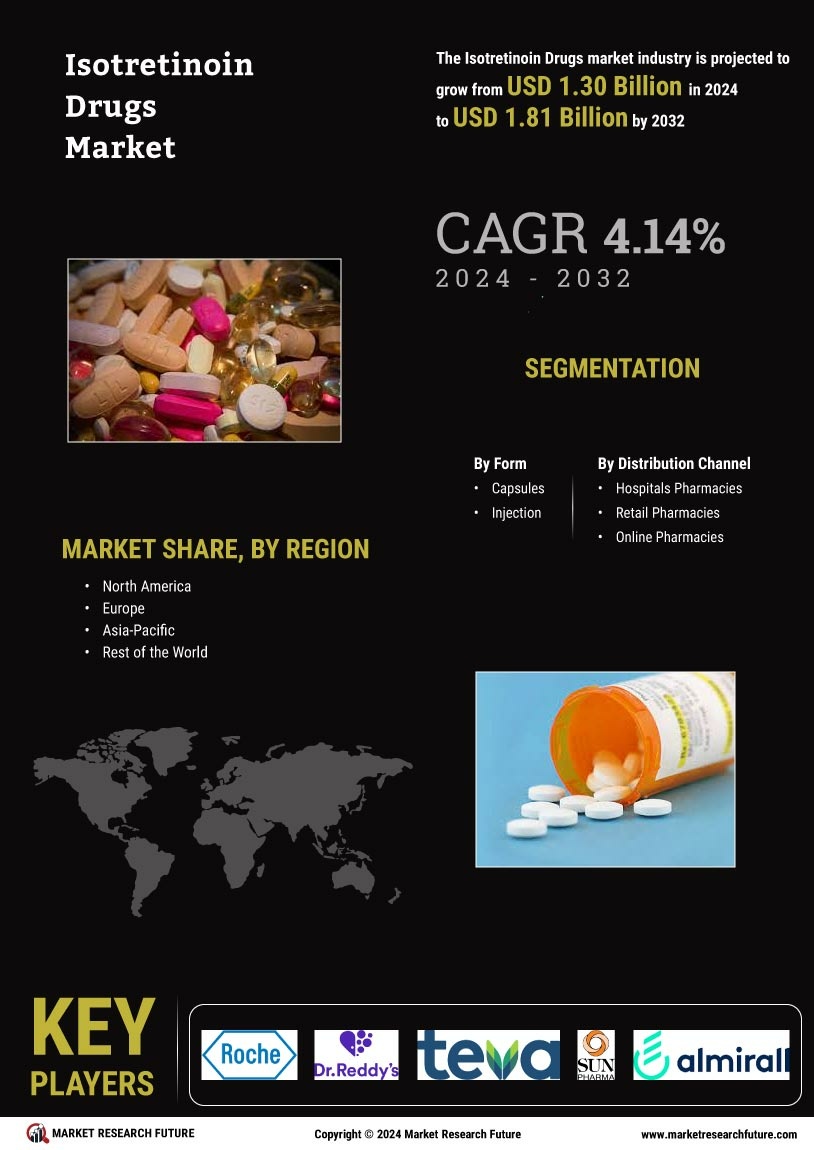

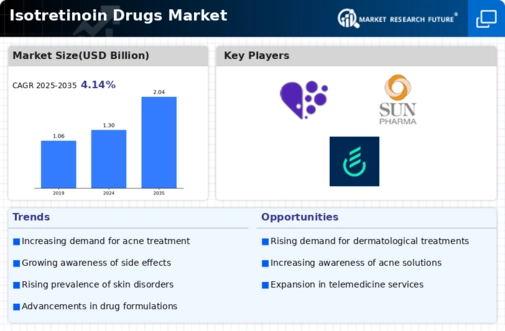
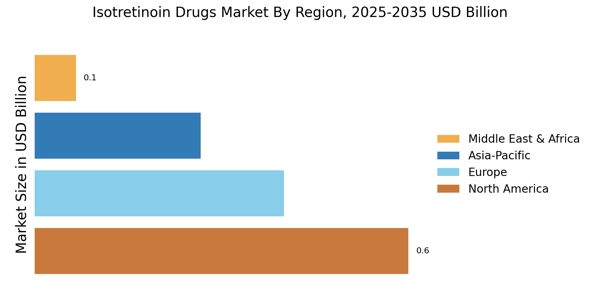
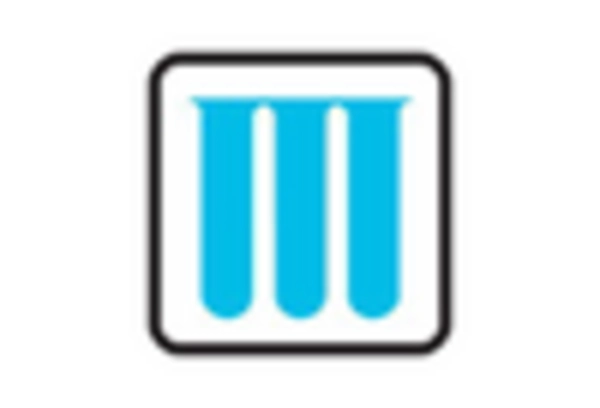
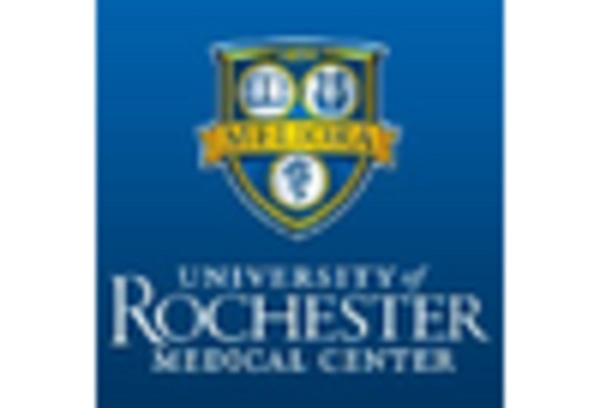
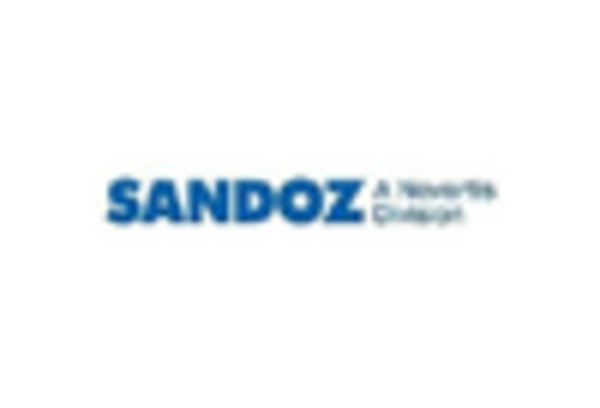
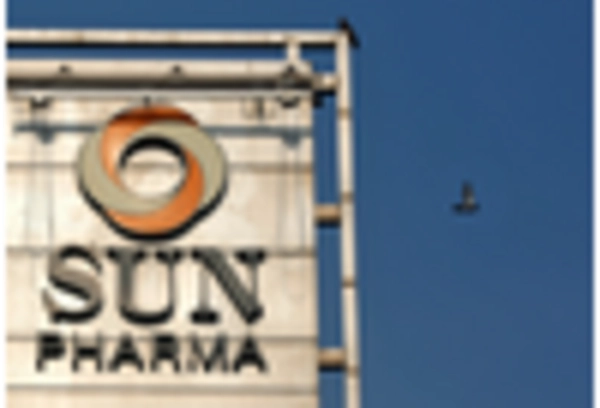
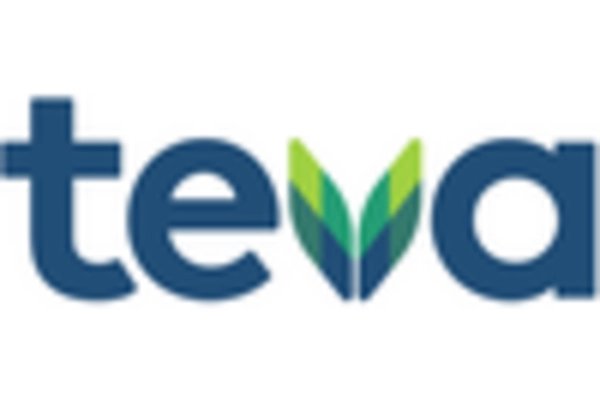
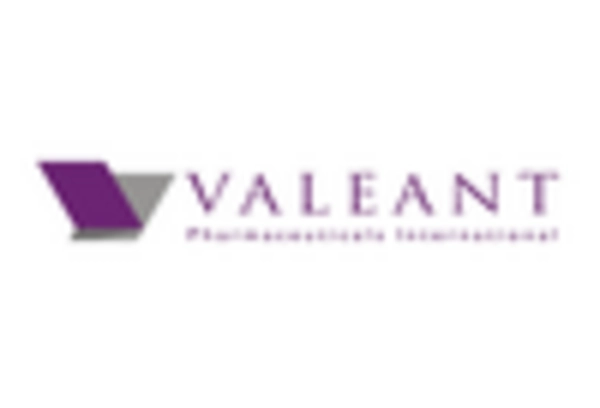








Leave a Comment